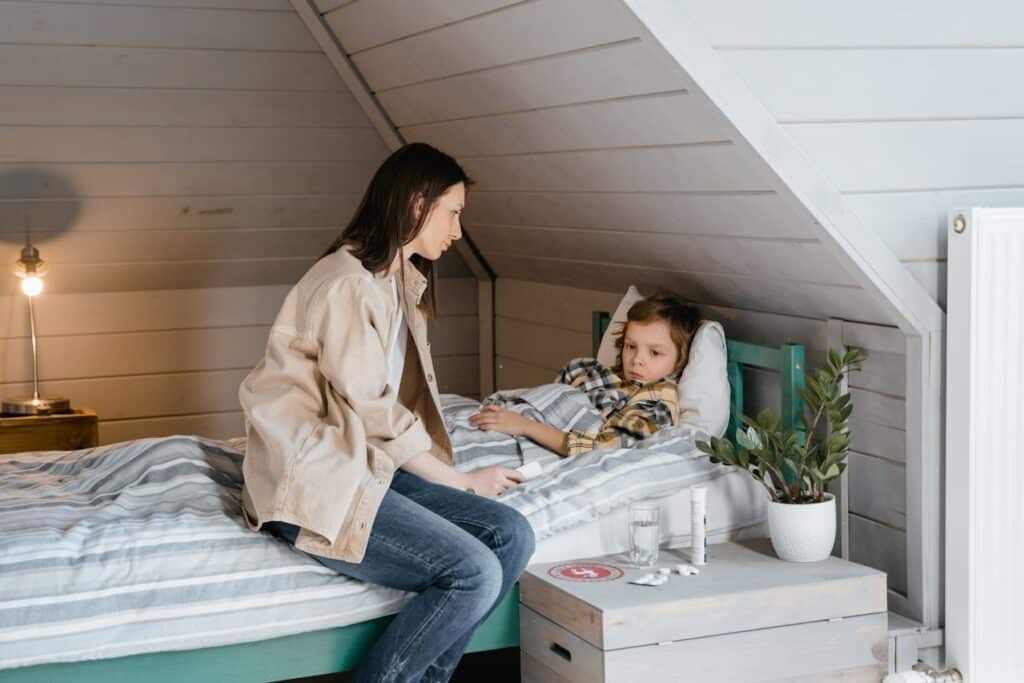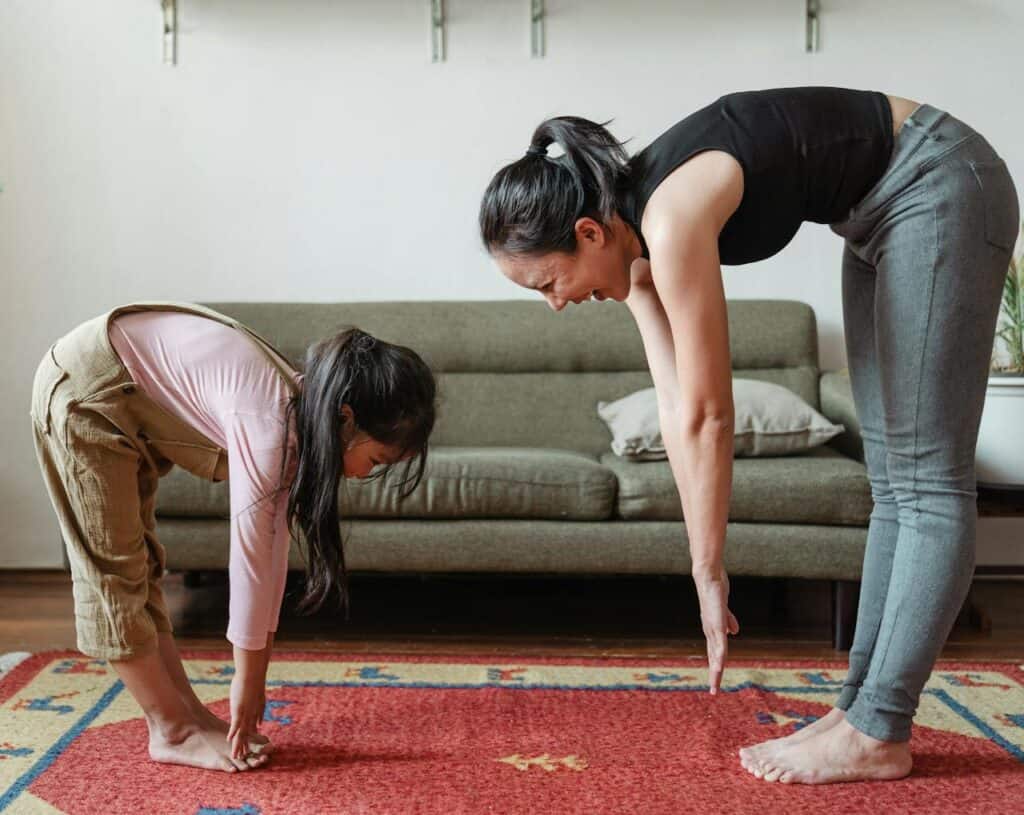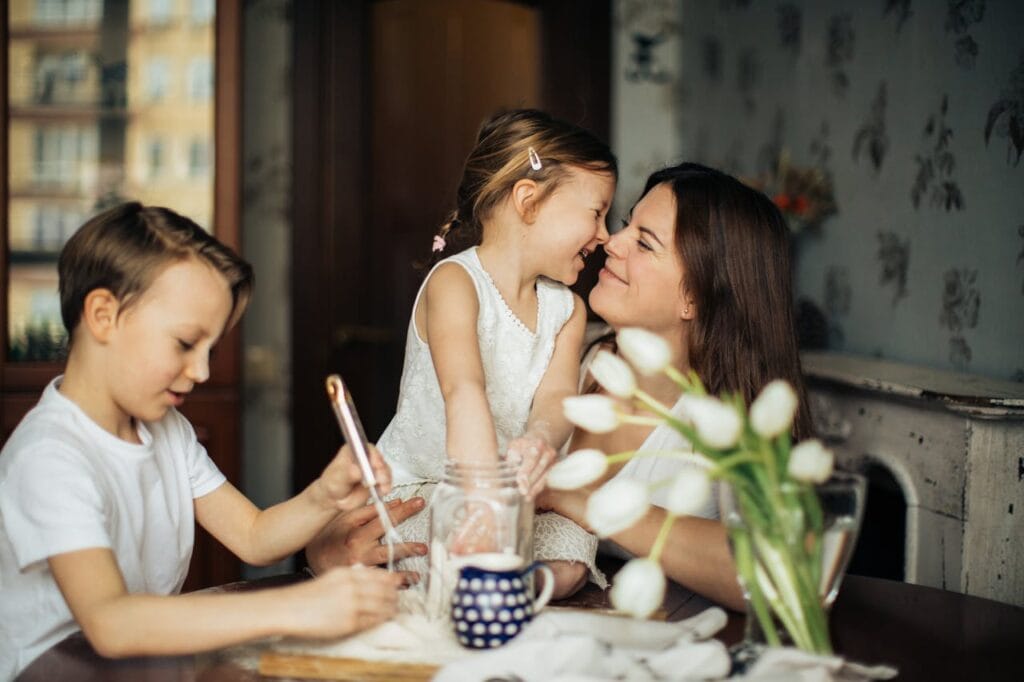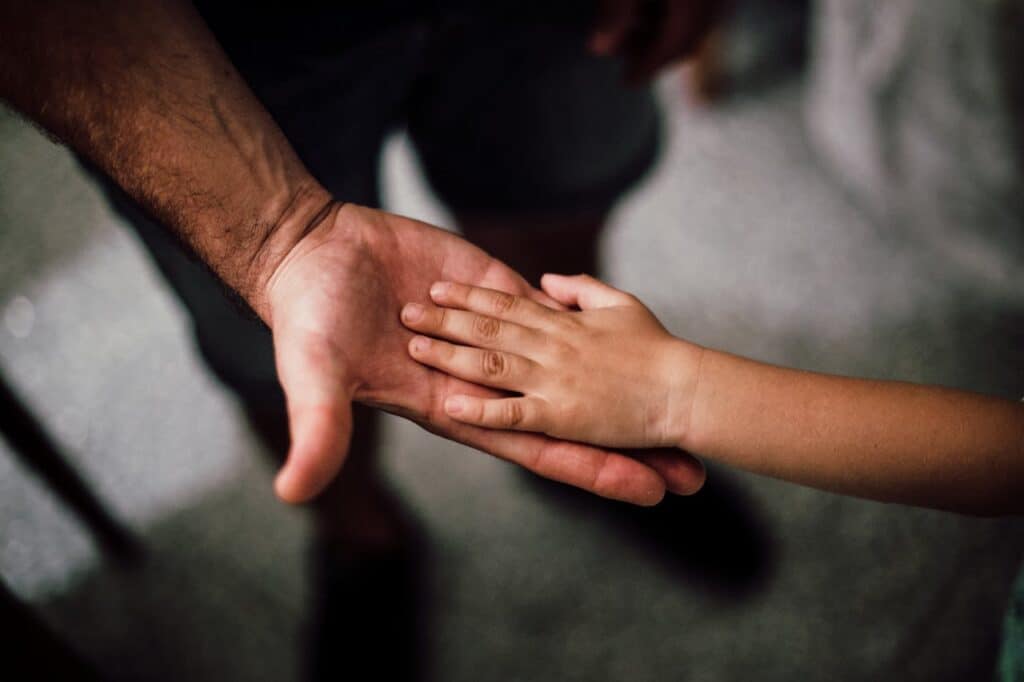How to Talk to Kids About Anxiety Without Making It Worse
Anxiety is increasingly common among children and teens, but many parents struggle with how to address it appropriately. Well-meaning attempts to help can sometimes intensify anxiety if they inadvertently validate excessive worry or create more pressure. The goal is to acknowledge your child’s feelings while building their confidence and coping skills. Learning to talk about anxiety in helpful ways can make the difference between a child who feels supported and one who feels overwhelmed.
Validate Their Feelings Without Reinforcing Fears

Acknowledge that anxiety feels real and uncomfortable without agreeing that their worst fears will come true. Try saying, “I can see you’re really worried about the test tomorrow. That feeling is uncomfortable, but let’s think about what you can do to feel more prepared.” This validates their experience while redirecting toward solutions.
Use Age-Appropriate Language

Explain anxiety in terms children can understand. For younger kids, you might say anxiety is like a “worry alarm” in their brain that sometimes goes off when they’re actually safe. For teens, you can discuss the biological purpose of anxiety and how it sometimes misfires in modern situations.
Teach the Difference Between Realistic and Anxious Thoughts

Help children learn to evaluate their thoughts objectively. Ask questions like, “How likely is it that this will actually happen?” or “What would you tell a friend who had this worry?” This teaches them to challenge anxious thoughts rather than automatically believing them.
Focus on What They Can Control

When children feel anxious, help them identify what aspects of a situation they can influence. If they’re worried about a presentation, they can practice, prepare visual aids, or ask the teacher questions. This shifts focus from helpless worry to empowered action.
Avoid Accommodating Anxiety Too Much

While it’s natural to want to protect anxious children, consistently removing challenges or providing excessive reassurance can reinforce anxiety. Instead of eliminating all anxiety-provoking situations, help children face them gradually with support. This builds confidence and resilience over time.
Teach Practical Coping Strategies

Introduce concrete tools like deep breathing, progressive muscle relaxation, or grounding techniques. Practice these skills when your child is calm so they’re available during anxious moments. Physical strategies like exercise, creative activities, or spending time in nature can also help manage anxiety symptoms.
Model Healthy Anxiety Management

Children learn by watching how adults handle stress and worry. Demonstrate healthy coping strategies by talking through your own concerns constructively, showing how you problem-solve challenges, and modeling self-care practices. Avoid expressing excessive worry about your child’s anxiety, as this can increase their distress.
Know When Professional Help Is Needed

Seek professional support if anxiety significantly interferes with daily activities, school attendance, friendships, or family life. Signs that warrant professional help include panic attacks, persistent physical symptoms, extreme avoidance behaviors, or expressions of hopelessness. Early intervention often prevents anxiety from becoming more severe.
Create a Supportive Home Environment

Maintain predictable routines, limit exposure to anxiety-provoking news or media, and ensure your child gets adequate sleep and nutrition. A calm, structured home environment provides security that helps children manage anxiety more effectively. Consider whether family stress or conflict might be contributing to your child’s anxiety.
Encourage Gradual Exposure to Fears

Help children face their fears in small, manageable steps rather than avoiding them completely. If your child fears social situations, start with brief, low-pressure interactions and gradually increase exposure. This process, called gradual exposure, helps children learn that they can handle challenging situations and that anxiety naturally decreases over time.





